Pravrajika Atmaprana, a senior nun of Sri Sarada Math, passed away at the age of 96 on the morning of 13 May at Ramakrishna Sarada Mission, New Delhi.
She is widely loved and respected and will be remembered for decades to come for her remarkable life trajectory. She is one of those persons, without whose meticulous and painstaking efforts, we would not have known so much about the life and work of Sister Nivedita. An embodiment of humility, loving simplicity and warm-hearted generosity, she will be always revered by those who had the good fortune of knowing her even briefly.
Atmaprana ji was born as a daughter to the legendary K M Munshi, freedom fighter and founder of Bharatiya Vidya Bhavan. In her pre-monastic life, she did a PhD in Sanskrit and was seeking something beyond bookish learning. In the 1950’s, she started attending Swami Ranganathananda ji’s famous lectures in the Delhi branch of Ramakrishna Mission. The inevitable soon followed and she joined the monastic order for women, envisioned by Swami Vivekananda. She joined the Order first at the Sister Nivedita Girls’ School in 1952 and joined Sri Sarada Math when it was formally founded in 1954. After serving as a novitiate for six years later, she was given sannyasa by Pravrajika Bharatiprana, personal attendant of Sri Sarada Devi, student of Sister Nivedita and the first President of Sri Sarada Math. Upon taking up the vow of sannyasa, monastics forego all previous associations.
Pr. Atmaprana served as the Headmistress of the Sister Nivedita Girls’ School till 1970. It was during her stay at the School that she achieved two humongous tasks—one was to write an authoritative yet lucid biography of Sister Nivedita and second was to publish the five volumes of Complete Works of Sister Nivedita. The former, Sister Nivedita of Ramakrishna-Vivekananda, was first published in 1961. It was the fruit of the decision of the authorities of Sister Nivedita Girls’ School during its Golden Jubilee celebrations in 1952 to bring out authoritative and lucid biographies of Sister in both English and Bengali. The biography in Bengali, written by Pravrajika Muktiprana, was published in 1959.
Sister Nivedita’s first well-known biography was written by Lizelle Reymond in French. The English translation was published in 1953. This biography, titled The Dedicated: A Biography of Nivedita, was based on the hundreds of letters of Nivedita, handed over to Reymond by Josephine Macleod, another great follower of Vivekananda and supporter of the Ramakrishna-Vivekananda Movement. This biography has its own merits, but what was lacking was a narration that would make sense of Nivedita’s life in the Indian context. This much-needed biography, making sense of Sister’s life in the Indian context, was finally written by Pr. Atmaprana. Her efforts in the biography was to quote as much as possible from Nivedita’s original writings or paraphrase them “so that her personality may live and breathe through the book”i . It ran into revised editions in 1967, 1977 and later underwent substantial revision in 1992, following the publication of the works of another stalwart scholar on Nivedita—Shri Sankari Prasad Basu. He published two volumes of Letters of Sister Nivedita in 1982 based on a collection of letters he had received from Sri Anirvan and later also the letters that were handed over by Macleod to Reymond. These two volumes were by no means exhaustive and there was material for one more volume, on which, unfortunately, Basu could not work before his demise. Subsequently, he published his multi-volume Nivedita Lokmata in Bengali, which is an exhaustive documentation on the life of Sister Nivedita. These two publications called for the fourth revision of the biography by Atmaprana ji. Barbara Fox’s biography of Nivedita, Long Journey Home, published in 1975, is explicitly from an English woman’s point of view and relied for factual details on Atmaprana ji’s book. Atmaprana ji maintained that her book is “a simple life-story of the humanitarian who deeply understood India and swore that “humanity is mind, not body; soul not flesh”.” ii
The other great task Atmaprana ji accomplished was to oversee the publication of The Complete Works of Sister Nivedita running into five volumes. It was decided to bring out this compendium “so that the world may know the intensity of her [Nivedita’s] love and respect for the jana-desha-dharma, the people, the land and the religion of the country of her adoption.”iii She also published a smaller compilation of Nivedita’s writings, titled Voice of India. Transcripts of her lectures on Sister’s dedicated service to India were published in the form of a booklet, My India, My People. There is also a booklet biography of Nivedita by her, The Story of Sister Nivedita.
In 1970, Pr. Atmaprana became the first Secretary of the newly founded Ramakrishna Sarada Mission branch centre in New Delhi. She held this office till 1998. She was also the Editor of Samvit, the English journal of Sri Sarada Math. It was here in the precincts of the Delhi centre of Ramakrishna Sarada Mission, that the present author first saw the revered nun many years ago when she had just started visiting the ashrama as a young student at JNU. It was also the last time one saw her, because soon, the devotees would no longer have her darshan, as her health deteriorated greatly. But it was a meeting fondly etched in my memory. When this unknown devotee did her pranams, she gently lifted her hand to settle a part of my hair that used to fly in an unwieldy manner in those days. Little did one know at that point what this caress meant (in my case, it meant much more symbolically). She was not in a state to communicate verbally even in those days, but that one touch communicated more than words—it communicated affection, unconditional love for humanity, an eye for perfection and shri, and a grace which only those great souls can bestow whose lives are one selfless light and who have known the Divine intimately.
References:
i. Pravrajika Atmaprana, Sister Nivedita of Ramakrishna-Vivekananda, Sister Nivedita Girls’ School, Calcutta, 1961, 2007, p. vii.
ii. Ibid., p. x.
iii. The Complete Works of Sister Nivedita, Advaita Ashrama, Calcutta, 1999, vol. 5, p. vii.
(The paper does not necessarily represent the organisational stance. The author certifies that the article/paper is original in content, unpublished and it has not been submitted for publication/web upload elsewhere, and that the facts and figures quoted are duly referenced, as needed, and are believed to be correct).
Image Source: Ramakrishna Sarada Mission, New Delhi

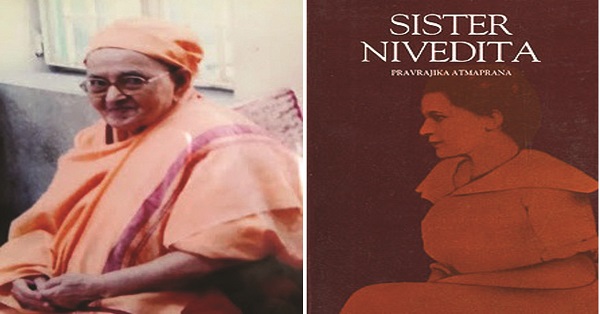
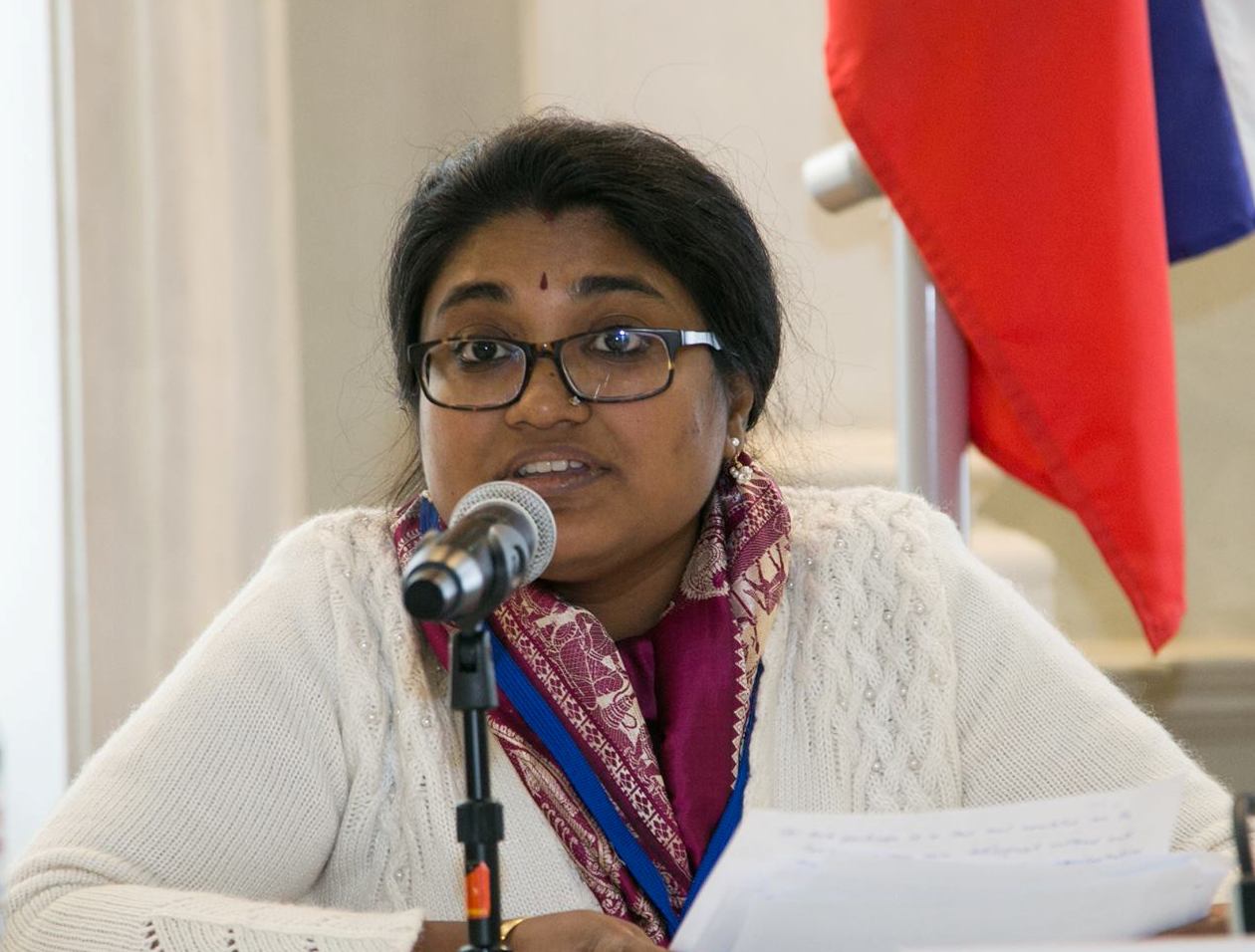


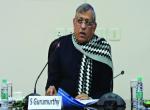
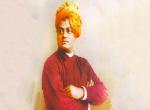
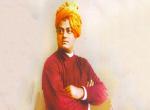
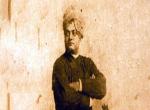
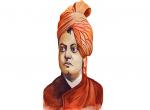

Thanks a lot.
Post new comment